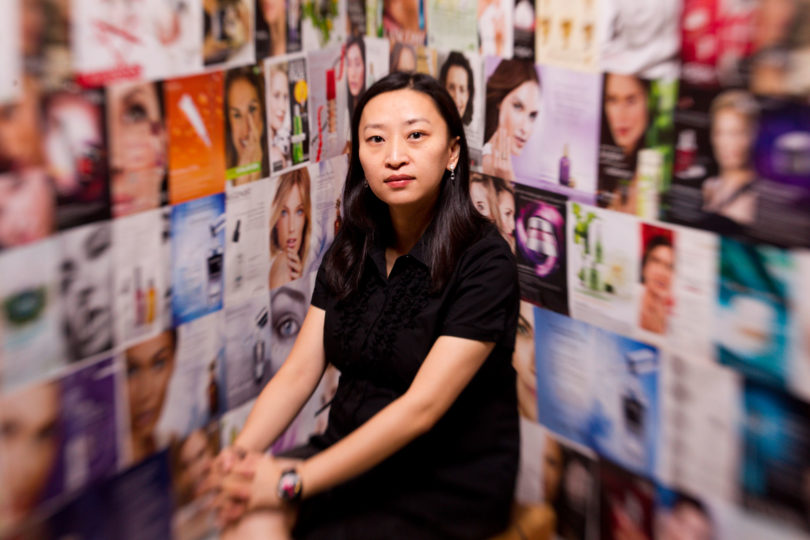There is no fountain of youth. But, there are plenty of cosmetic companies standing by to help consumers in their pursuit of fewer lines and wrinkles. Wading through the advertised claims of these cosmeceutical products is a part of the purchasing process for female consumers, suggests new research from UGA. The researcher has found that the process can be improved through consumer education.
“Generally, consumers do not hold a strong belief in the claims made in the advertisements of cosmeceutical products,” said Juan Meng, an assistant professor of public relations in the Grady College of Journalism and Mass Communication, using a term that refers to the combination of cosmetics and pharmaceuticals. “And they don’t feel like they are getting clearly explained information. But, most consumers want to see more.”
The results of her study on the effects of cosmeceutical product advertising in health- and beauty-care decision making were recently published in the International Journal of Pharmaceutical and Healthcare Marketing.
Her research, which included a survey of 224 young female consumers in the U.S. market, suggests consumer education is the best way for advertisers to capture a larger segment of the multi-billion dollar pharmaceutical-cosmetics market. A cosmeceutical advertisement’s information value was the most significant factor affecting the consumers’ willingness to try products, according to the results.
“Essentially, these are health-care decisions,” she said. “Typically these decisions are made during the communication between a doctor and a patient, but now the doctor is not here because it is not a drug, so we are communicating with and educating consumers in multiple channels.”
Cosmeceuticals contain active ingredients that have drug-like benefits. They are often projected as having a medical or pharmaceutical function that will change the structure and appearance of skin, hair or nails, such as anti-aging, acne treatment, skin care, hair care, weight-loss and other professional skin protection and refinement. These products seek to satisfy health and beauty needs and are not regulated by the Food and Drug Administration.
“This is not a real drug, otherwise you’d have to go to the doctor to get it, like Botox®,” Meng said. “But, they all claim they have this therapy function, so we spend $50 to $100 for a small jar of cream to put on our skin to make us feel good. It is interesting, and the profits just keep climbing, much faster than we can even imagine.”
In 2006, Packaged Facts estimated global cosmeceutical sales would climb to $17 billion by 2010. Actual sales that year totaled $27.2 billion.
In her research, Meng asked consumers about their body esteem feelings after exposure to advertisements, the perceived trustworthiness of claims, whether information shared in ads was believed and their interest in receiving more information and explanation.
“Even though their general attitude toward cosmeceutical advertising is not so positive, they still want to understand the benefits more,” she said.
Educating and conveying the value of cosmeceutical ingredients through clear language and explanations of product benefit and appropriate expectations should be marketers’ major focus, according to results.
The research also shows consumers who valued their body esteem as low are more likely than their confident companions to try cosmeceutical products. As body esteem increases, the likelihood to purchase cosmeceuticals decreases.





